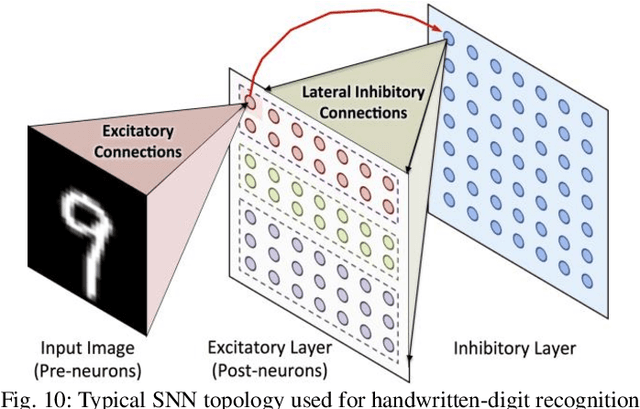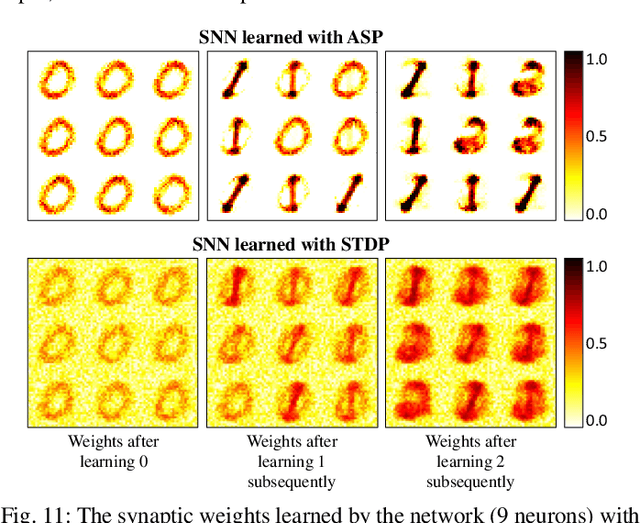Voltage-Driven Domain-Wall Motion based Neuro-Synaptic Devices for Dynamic On-line Learning
Paper and Code
Nov 23, 2017



Conventional von-Neumann computing models have achieved remarkable feats for the past few decades. However, they fail to deliver the required efficiency for certain basic tasks like image and speech recognition when compared to biological systems. As such, taking cues from biological systems, novel computing paradigms are being explored for efficient hardware implementations of recognition/classification tasks. The basic building blocks of such neuromorphic systems are neurons and synapses. Towards that end, we propose a leaky-integrate-fire (LIF) neuron and a programmable non-volatile synapse using domain wall motion induced by magneto-electric effect. Due to a strong elastic pinning between the ferro-magnetic domain wall (FM-DW) and the underlying ferro-electric domain wall (FE-DW), the FM-DW gets dragged by the FE-DW on application of a voltage pulse. The fact that FE materials are insulators allows for pure voltage-driven FM-DW motion, which in turn can be used to mimic the behaviors of biological spiking neurons and synapses. The voltage driven nature of the proposed devices allows energy-efficient operation. A detailed device to system level simulation framework based on micromagnetic simulations has been developed to analyze the feasibility of the proposed neuro-synaptic devices. We also demonstrate that the energy-efficient voltage-controlled behavior of the proposed devices make them suitable for dynamic on-line and lifelong learning in spiking neural networks (SNNs).
 Add to Chrome
Add to Chrome Add to Firefox
Add to Firefox Add to Edge
Add to Edge